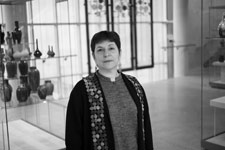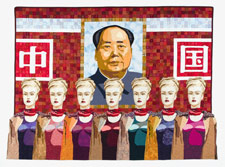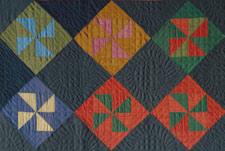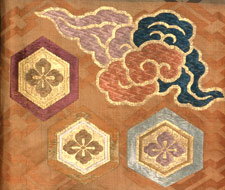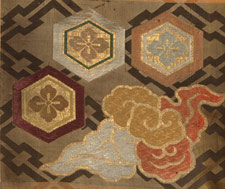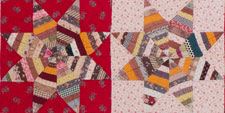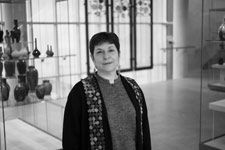New Connections appear every Wednesday. Sign up for a reminder.
Archivist and media tech Robin Schwalb finds, as a quiltmaker, the rigorous limitations of grids liberating.
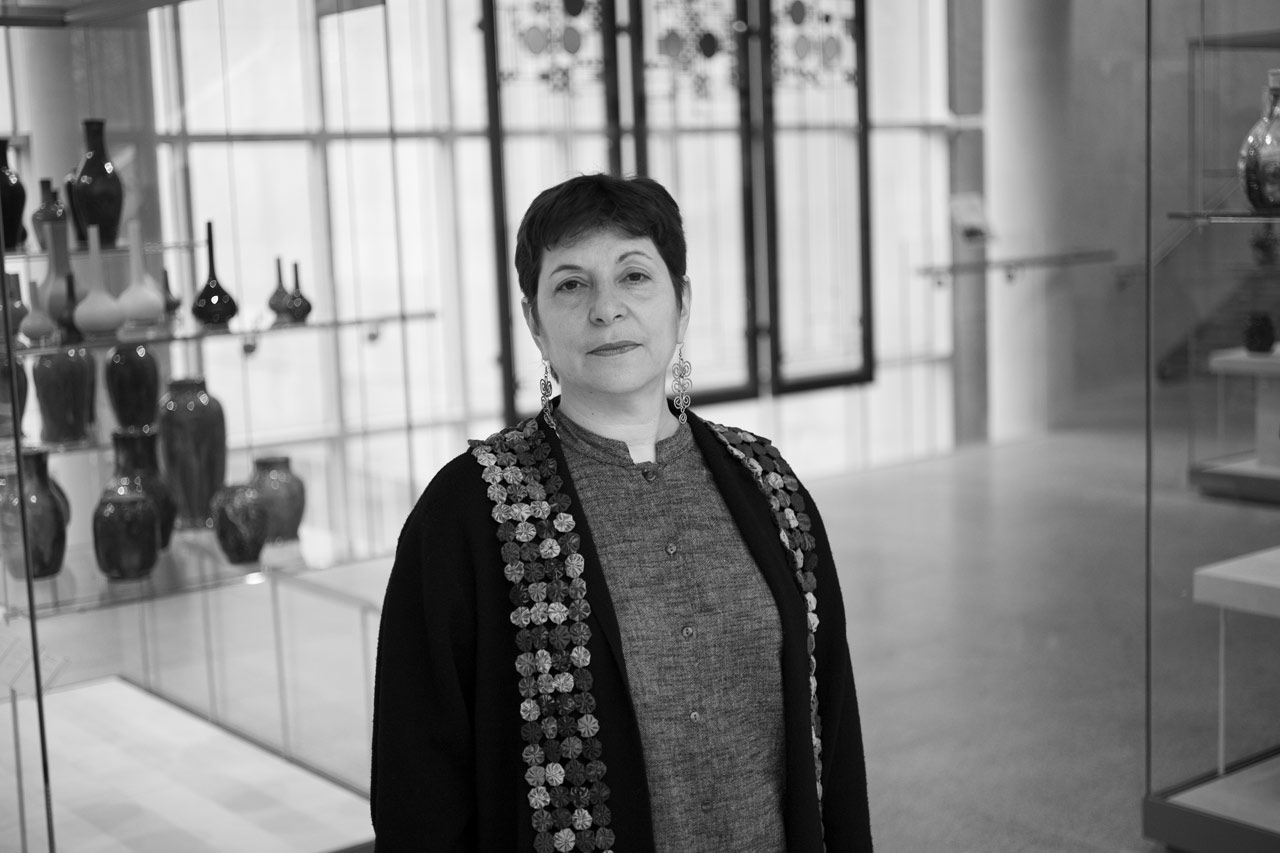 1280853
1280853 1280952
1280952 6521024
6521024 8231024
8231024 9291024
9291024 8771024
8771024 1280858
1280858 4671024
4671024 7181024
7181024 10141024
10141024 701592
701592 744624
744624 8111024
8111024 11941024
11941024 2881024
2881024 3811024
3811024 10341024
10341024 14051024
14051024 11161024
11161024 10241024
10241024 9631024
9631024 9161024
9161024 1278641
1278641 10281024
10281024 1280853
1280853
My name is Robin Schwalb, and I work with the film and media archive at The Metropolitan Museum of Art, and install media equipment in exhibitions.
I am also a quiltmaker, and today I'm going to talk about grids. I think grids excite me because
they're a very visual manifestation of making order out of chaos and
organizing natural forces. I think that a lot of patchwork is about that.
I mean as an artist, you have to set some parameters. And, for me, a grid is a good place to start.
One of the things, I think, that appeals about quilts is that they are very two-dimensional in appearance. You know, the motif is right up there at the picture plane, and then
because they are layered and stitched, you have this additional layer of design that's going on, and meaning.
Even though grids can be very rigorous, and mathematical, and exacting
can be prison bars, chain-link fences, they also can be so
lively. I don't, I don't see anything ominous about them at all. They're a means to an end and then
through color and arrangement, you can work against the tension of that
extreme rigor with something quite lively and personal.
One doesn't think about the dead white males as having a sense of humor, but clearly the painter Joseph Albers, who is seated posed in front of one of his many, many paintings, Homage to the Square, is allowing himself to have some gentle fun poked at him. He does look for all the world like Whistler's mother.
This one just got me in the guts right away. As soon as it went on display, I just froze in my tracks and I thought, "I have to translate that into a quilt." I think, "Okay, I'll use hand-dyed fabric to get the kind of mottled appearance of the colors. Maybe I'll do freeform piecing. Is it cheating if I use fusible web?" I mean, I really go through this whole quiltmaker's approach to it, about how exactly would I try to translate it.
There's an African mask from the Bwa people. It has such a rhythm to it. And the grid is fairly regular, but it seems to me that the sculptor has tried follow the
curve of the tree branch from which the piece was carved. And so there's this slight wiggle to it, that it looks like it's dancing even when it's standing still.
Grids are mathematical; grids are regular; grids are stable. But when you start to
deviate from that, when you start to make some irregularities, there's tremendous energy released by them.
I look at the Navigational Chart from the Marshall Islands. And it has such a lovely rhythm and flow to it that it's easy to imagine the ripples of the ocean.
I'm not sure if I'm able to sort out, you know, which came first.
Was I a quiltmaker and then I loved the grids? Or did I love the grids and become a quiltmaker? And I think the answer is yes.
After making quilts, you start looking at them and thinking
it's so interesting how everyone works within these so-called limitations
and makes such extraordinary work that's so different, each from the next. And that's really very
moving and exciting to me.
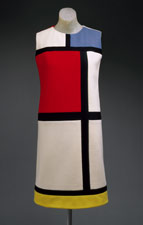 |
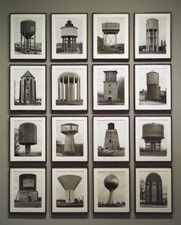 |
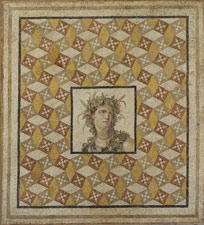 |
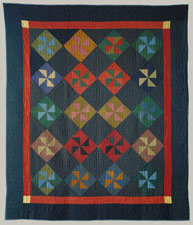 |
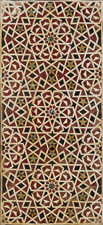 |
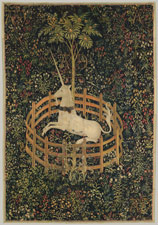 |
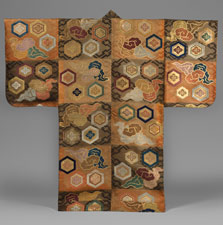 |
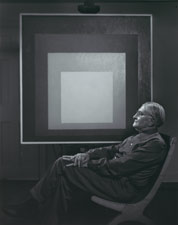 |
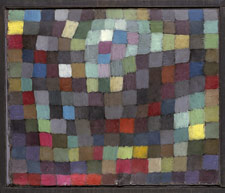 |
 |
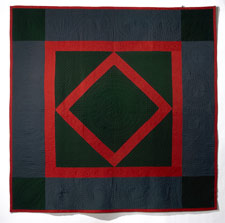 |
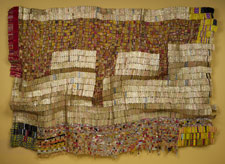 |
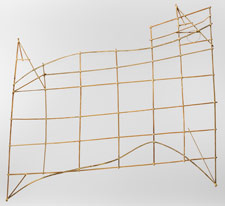 |
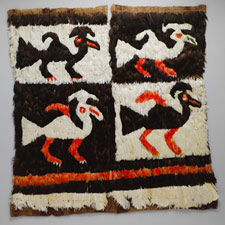 |
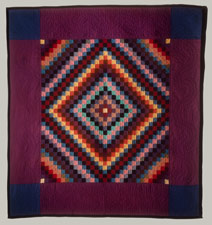 |
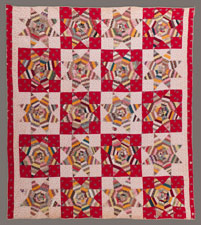 |
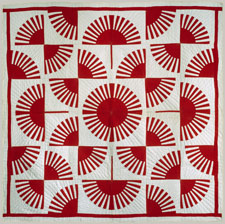 |
Works of art in order of appearanceLast Updated: June 22, 2015. Not all works of art in the Museum's collection may be on view on a particular day. For the most accurate location information, please check this page on the day of your visit. |
||
 |
"Mondrian" day dress autumn 1965 Yves Saint Laurent (French, born Algeria) Wool jersey in color blocks of white, red, blue, black, and yellow Gift of Mrs. William Rand, 1969 (C.I.69.23) More information: The Collection Online Not on view
|
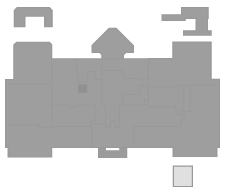 The Costume InstituteFirst Floor
The Costume InstituteFirst Floor |
 |
Watertowers 1967–80; printed 1980 Hilla Becher (German) and Bernd Becher (German) Gelatin silver prints Warner Communications Inc. Purchase Fund, 1980 (1980.1074.1-.16) Courtesy of Sonnabend Gallery More information: The Collection Online Not on view
|
 PhotographsSecond Floor
PhotographsSecond Floor |
 |
So-called Antioch Mosaic second half of 2nd century; Late Antonine Roman Mosaic Purchase, Joseph Pulitzer Bequest, 1938 (38.11.12) More information: The Collection Online Not on view
|
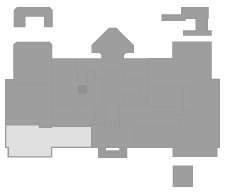 Greek and Roman ArtFirst Floor and Mezzanine
Greek and Roman ArtFirst Floor and Mezzanine |
 |
Pinwheel quilt 1930 Unidentified maker (J.L.), Amish Indiana Wool and cotton Friends of the American Wing Fund, 1988 (1988.128) More information: The Collection Online Not on view
|
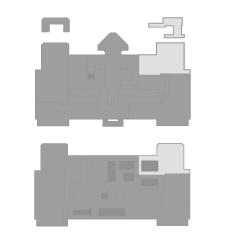 American Decorative ArtsFirst and Second Floors
American Decorative ArtsFirst and Second Floors |
 |
Dado panel first half of 15th century; Mamluk Egypt Polychrome marble mosaic Gift of the Hagop Kevorkian Fund, 1970 (1970.327.8) More information: The Collection Online Not on view
|
 Islamic ArtSecond Floor
Islamic ArtSecond Floor |
 |
The Unicorn in Captivity ca. 1495–1505 South Netherlandish Wool warp, wool, silk, silver, and gilt wefts Gift of John D. Rockefeller Jr., 1937 (37.80.6) More information: The Collection Online Not on view
|

Medieval Art and The CloistersThe Cloisters at Fort Tryon Park |
 |
Noh costume (atsuita) with clouds and hexagons Edo period, 19th century Japan Silk twill damask with silk brocading wefts and supplementary weft patterning in metallic thread Rogers Fund, 1919 (19.88.3) More information: The Collection Online Not on view
|
 Asian ArtSecond Floor
Asian ArtSecond Floor |
 |
Josef Albers 1966 Yousuf Karsh (Canadian, born Armenia) Gelatin silver print Gift of Harry Kahn, 1986 (1986.1098.38) © Yousuf Karsh More information: The Collection Online Not on view
|
 PhotographsSecond Floor
PhotographsSecond Floor |
 |
May Picture 1925 Paul Klee (German) Oil on cardboard The Berggruen Klee Collection, 1984 (1984.315.42) More information: The Collection Online Not on view
|
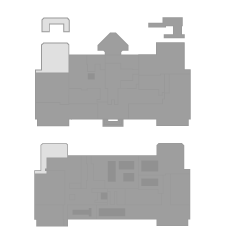 Modern and Contemporary ArtSecond Floor
Modern and Contemporary ArtSecond Floor |
 |
Plank Mask (Nwantantay) 19th–20th century Bwa peoples Wood, pigment, fiber The Michael C. Rockefeller Memorial Collection, Gift of Nelson A. Rockefeller, 1964 (1978.412.306) More information: The Collection Online Not on view
|
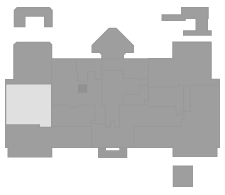 Arts of Africa, Oceania, and the AmericasFirst Floor
Arts of Africa, Oceania, and the AmericasFirst Floor |
 |
Quilt, Diamond in the Square pattern ca. 1920 Amish maker Northeast, Pennsylvania Wool and cotton Purchase, Sansbury-Mills Fund, 1973 (1973.157) More information: The Collection Online Not on view
|
 American Decorative ArtsFirst and Second Floors
American Decorative ArtsFirst and Second Floors |
 |
Between Earth and Heaven 2006 El Anatsui (Ghanaian) Aluminum, copper wire Purchase, Fred M. and Rita Richman, Noah-Sadie K. Wachtel Foundation Inc., David and Holly Ross, Doreen and Gilbert Bassin Family Foundation and William B. Goldstein Gifts, 2007 (2007.96) More information: The Collection Online Not on view
|
 Arts of Africa, Oceania, and the AmericasFirst Floor
Arts of Africa, Oceania, and the AmericasFirst Floor |
 |
Navigational Chart (Rebbilib) 19th–early 20th century Marshallese people, Marshall Islands Coconut midrib, fiber The Michael C. Rockefeller Memorial Collection, Gift of the Estate of Kay Sage Tanguy, 1963 (1978.412.826) More information: The Collection Online Not on view
|
 Arts of Africa, Oceania, and the AmericasFirst Floor
Arts of Africa, Oceania, and the AmericasFirst Floor |
 |
Feathered Tunic 12th–15th century Peru, Chimú Cotton, feathers Purchase, Harris Brisbane Dick Fund, 1963 (63.163) More information: The Collection Online Not on view
|
 Arts of Africa, Oceania, and the AmericasFirst Floor
Arts of Africa, Oceania, and the AmericasFirst Floor |
 |
Sunshine and shadow quilt ca. 1930 Amish, Lancaster County, Pennsylvania Wool and cotton Purchase, Eva Gebhard-Gourgaud Foundation Gift, 1973 (1973.94) More information: The Collection Online Not on view
|
 American Decorative ArtsFirst and Second Floors
American Decorative ArtsFirst and Second Floors |
 |
"Spiderweb" ca. 1870 American Cotton Gift of Robert E. Cole, in memory of Helen R. Cole, 1998 (1998.87.3) More information: The Collection Online Not on view
|
 American Decorative ArtsFirst and Second Floors
American Decorative ArtsFirst and Second Floors |
 |
Quilt, Fan pattern ca. 1900 American Cotton Purchase, Mrs. Roger Brunschwig Gift, 1988 (1988.24.1) More information: The Collection Online Not on view
|
 American Decorative ArtsFirst and Second Floors
American Decorative ArtsFirst and Second Floors |
© 2011 The Metropolitan Museum of Art |
||
